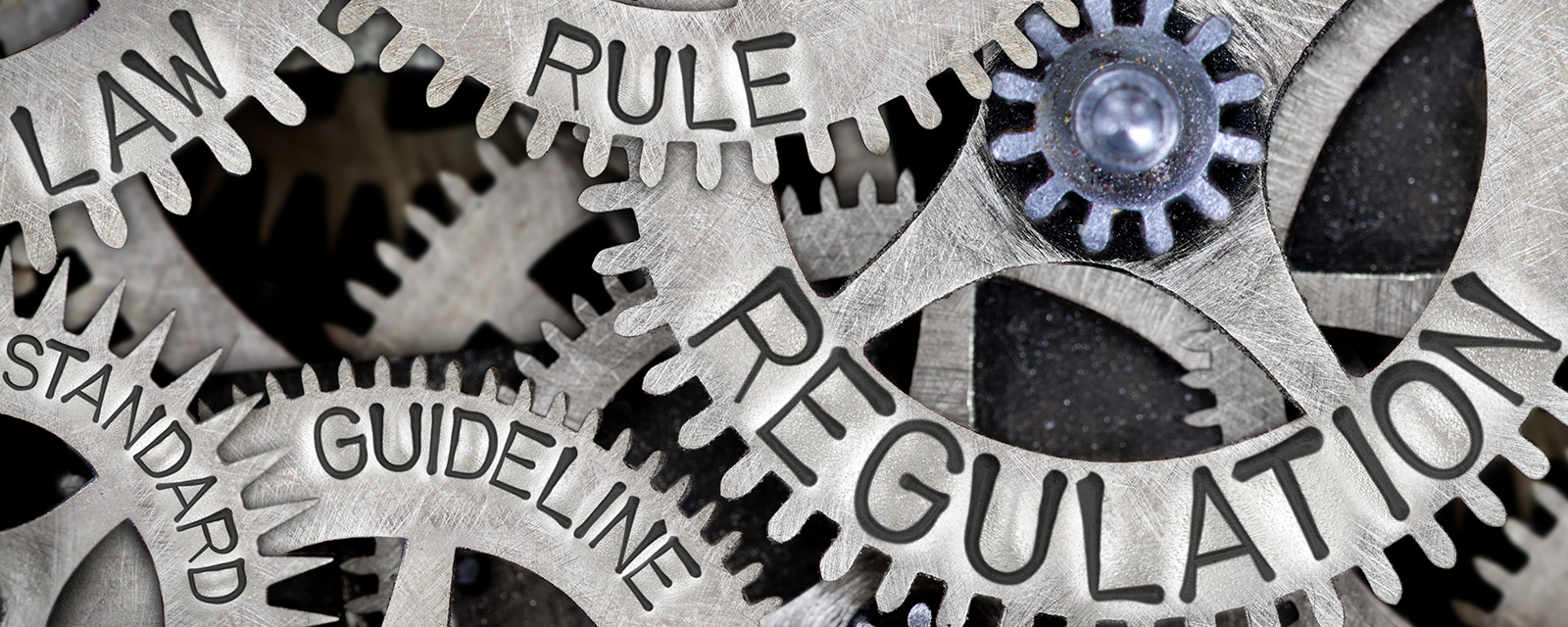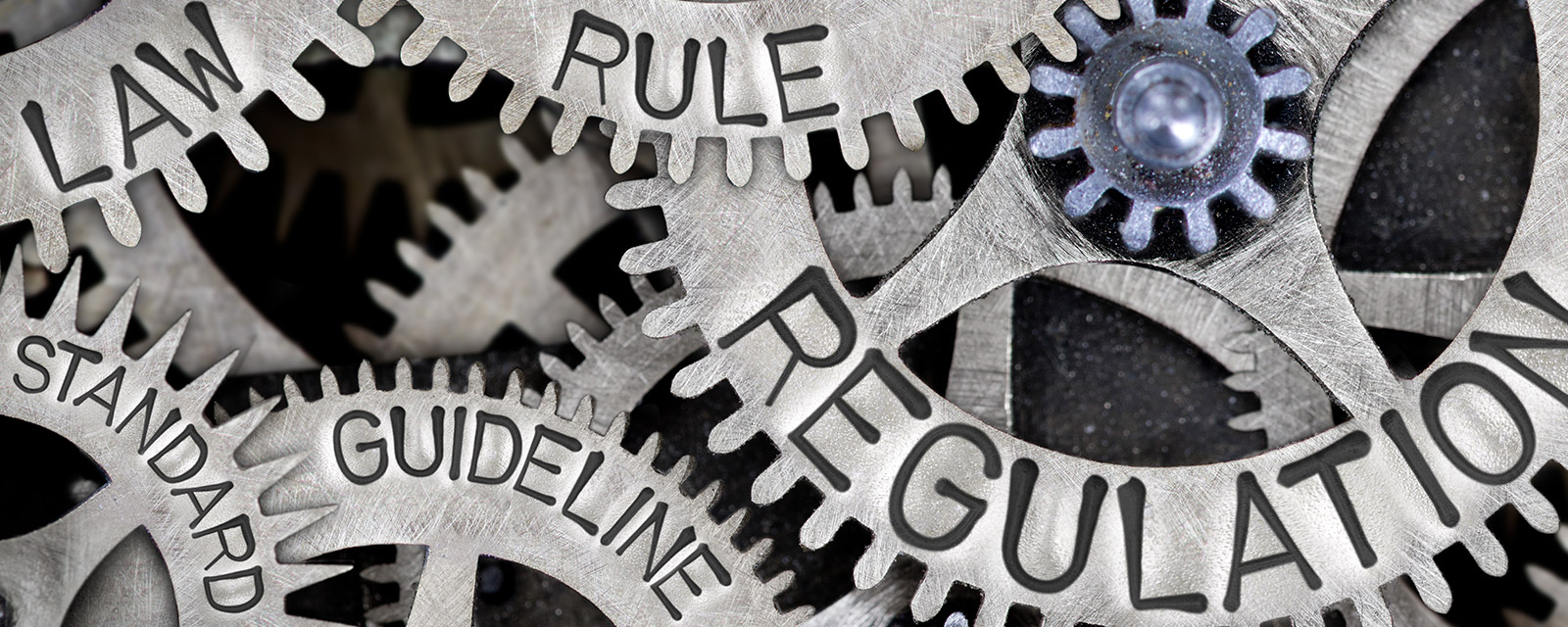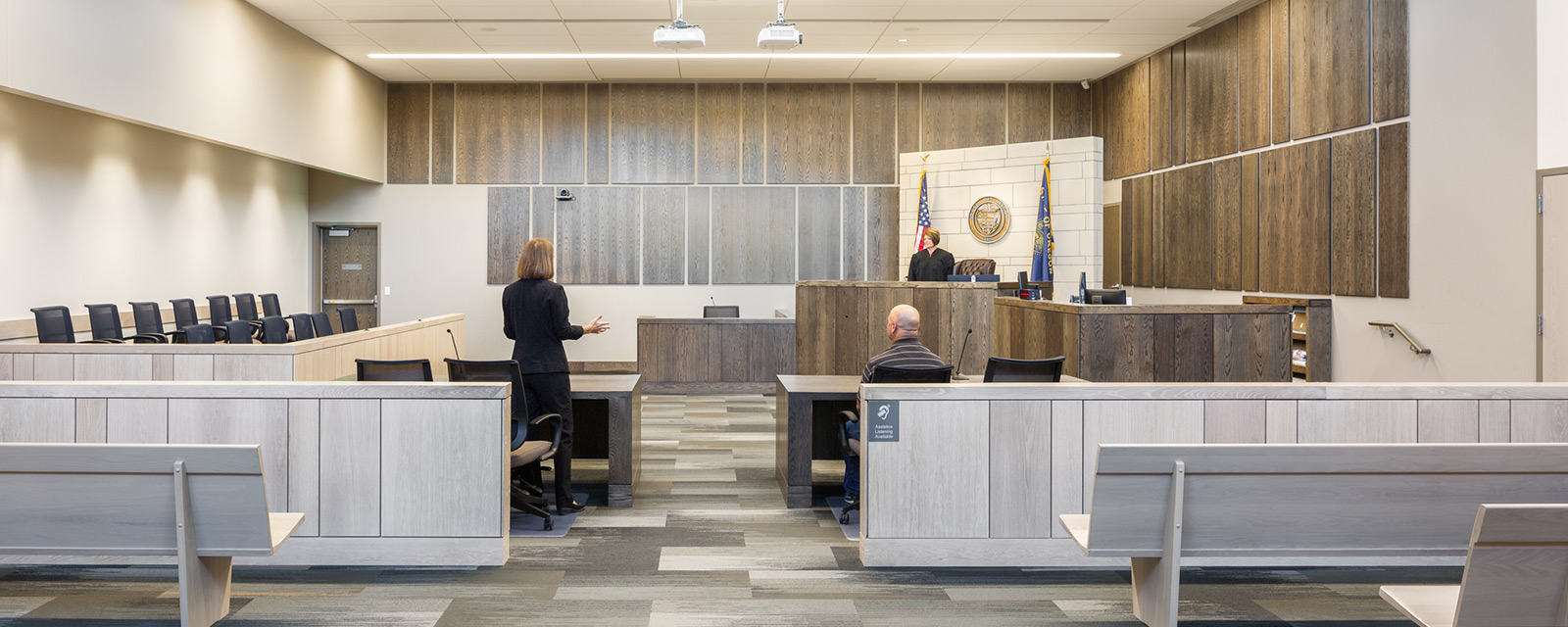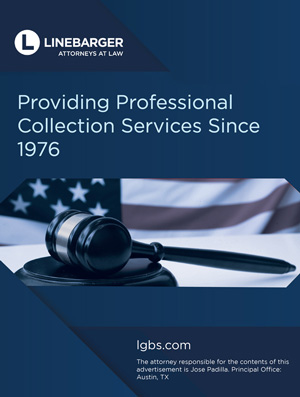Editor’s Note: This article first appeared in the Texas Association for Court Administration Journal, vol. 46, no. 1, January 2018. We’re all cogs in the same wheel: judges, prosecutors, defense attorneys, court coordinators, bailiffs. Too often, it doesn’t seem to… Read more »
Features
Empowering Employees to Embrace Change
Change is one constant in all our courts. Resistance to change is normal because change disrupts the current comfort zone. Change can undermine our need to feel appreciated, valued, and in control. One of the biggest changes a court can… Read more »
Jude Del Preore, “Keeping It Alive”—The Impact of 45 Years in Court Administration
Those of us committed to court administration recognize that the strength of this profession is directly linked to men and women with the vision and commitment not only to advance the profession, but also to develop and support others along… Read more »
A Lookback at the 2018 NACM Annual Conference
Editor’s Note: We hope you enjoy looking back at the NACM 2018 Annual Conference in Atlanta. You can find more photos of the conference on our website and on flickr. Videos of our education sessions can be watched on YouTube…. Read more »
Improving Public Confidence in the Court
Courthouses are typically dignified, formal places, often with armed guards and security equipment at the entrances. Judges wear robes and sit behind raised benches to convey their authority. The judicial branch is responsible for adhering to constitutionally and statutorily mandated… Read more »
Adjudicating in an Unsecured Workplace: How to Assess and Stay Safe
Editor’s Note: This article was published in the Judges’ Journal, volume 57, number 2, spring 2018. © 2018 by the American Bar Association. Reproduced with permission. All rights reserved. This information or any portion thereof may not be copied or… Read more »
How to Stay Calm in Times of Stress
Editor’s Note: This article first appeared on Melissa Eisler’s Mindful Minutes, a blog about how to live a mindful life, despite having a demanding schedule. Have you ever had a short fuse, overreacted, or lost your cool in a stressful… Read more »
The Challenges of Change: How Court Managers Can Adapt to the Changing Landscape of Civil Litigation
The American civil justice system is facing a reckoning. There are real concerns today about how civil justice is delivered in the United States. Faith in the system is thinning. Much of the population lacks access to legal services, despite… Read more »
“If It Ain’t Broke, Don’t Fix It”
The ordinary administration of criminal and civil justice . . . contributes, more than any other circumstance, to impressing upon the minds of the people affection, esteem, and reverence towards the government. Alexander Hamilton, Federalist No. 17, in Clinton Rossiter… Read more »
Making Peace Outside the Courtroom: Ohio’s Dispute Resolution Initiatives
In 2018 the Supreme Court of Ohio’s Dispute Resolution Section and the court’s 21-member statewide Commission on Dispute Resolution pursued initiatives consistent with the National Center for State Courts’ poll reflecting that, not surprisingly, Americans prefer to avoid taking their… Read more »
Purposes of Courts Reformulated
In the winter 2016 edition of the Court Manager, Kent Batty challenged us to a discussion of Ernie Friesen’s classic “Purposes of Courts.”1 In light of the evolving role of courts, it is indeed time that these Purposes be reviewed… Read more »
Call and Response: Ohio’s Civil Justice Initiative Workshops
A Call to Action Paramount to the foundation of American government is a three-branch system, which specifically works to balance the power of each branch to protect the Constitution and the rights afforded to citizens of the United States. But… Read more »
Courts Tech-ing It to the Next Level
Editor’s Note: This article first appeared in Court News Ohio, a service of the Ohio Supreme Court and Ohio Government Telecommunications. Technology pervades our lives. We stay connected on smartphones, research everything online, talk to far-away relatives over video, check… Read more »
Trauma-Informed Courthouse Design
Although a courthouse is the place where justice is served, it is also the place where people may experience high levels of stress or emotional upheaval. An individual may be dealing with a variety of traumatic experiences leading up to… Read more »
Addressing the Effects of Vicarious Trauma Experienced by Court Employees
Close contact with trauma survivors is an element of employment that court employees experience regularly. However, most employees, and even court managers, give little thought to the effects this contact may have on their personal and professional lives. Until recently,… Read more »
Crisis Communication: Implementing a Mass Notification System in Your Courthouse
In 2014 the Orange County Superior Court developed a request for proposal to identify a vendor to provide mass notification services. In late 2015 the court implemented a fully functioning mass notification system, called Court Alert. The court has eight… Read more »
Creating a Kinder and Gentler Court
Consider the recent focus on the need to change the manner in which courts deal with litigants. Examples include: new thinking on the use and role of fines, fees, and bail assessments; initiatives that change how courts handle cases (civil,… Read more »
How to Use Words to Build Public Trust in the Courts
It is time to improve the way we communicate information. In 2015 the Conference of State Court Administrators and the Conference of Chief Justices promulgated Joint Resolution #5, calling for the “aspirational goal of 100 percent access to effective assistance… Read more »
Altering Justice: How Court Managers and Administrators Ensure the Right to Counsel and the Fair Administration of Justice
“My actions are my only true belongings. I cannot escape the consequences of my actions. My actions are the ground upon which I stand.” —Thich Nhat Hanh Under the Sixth Amendment of the United States Constitution, a person accused in… Read more »
The Chilling Effect of ICE In and Around the Courts
On June 16, 2017, Immigration and Customs Enforcement (ICE) officers arrived at the New York City Human Trafficking Intervention Court in Queens, seeking a Chinese woman who was a participant in the program. Pursuant to a policy adopted by the… Read more »






















